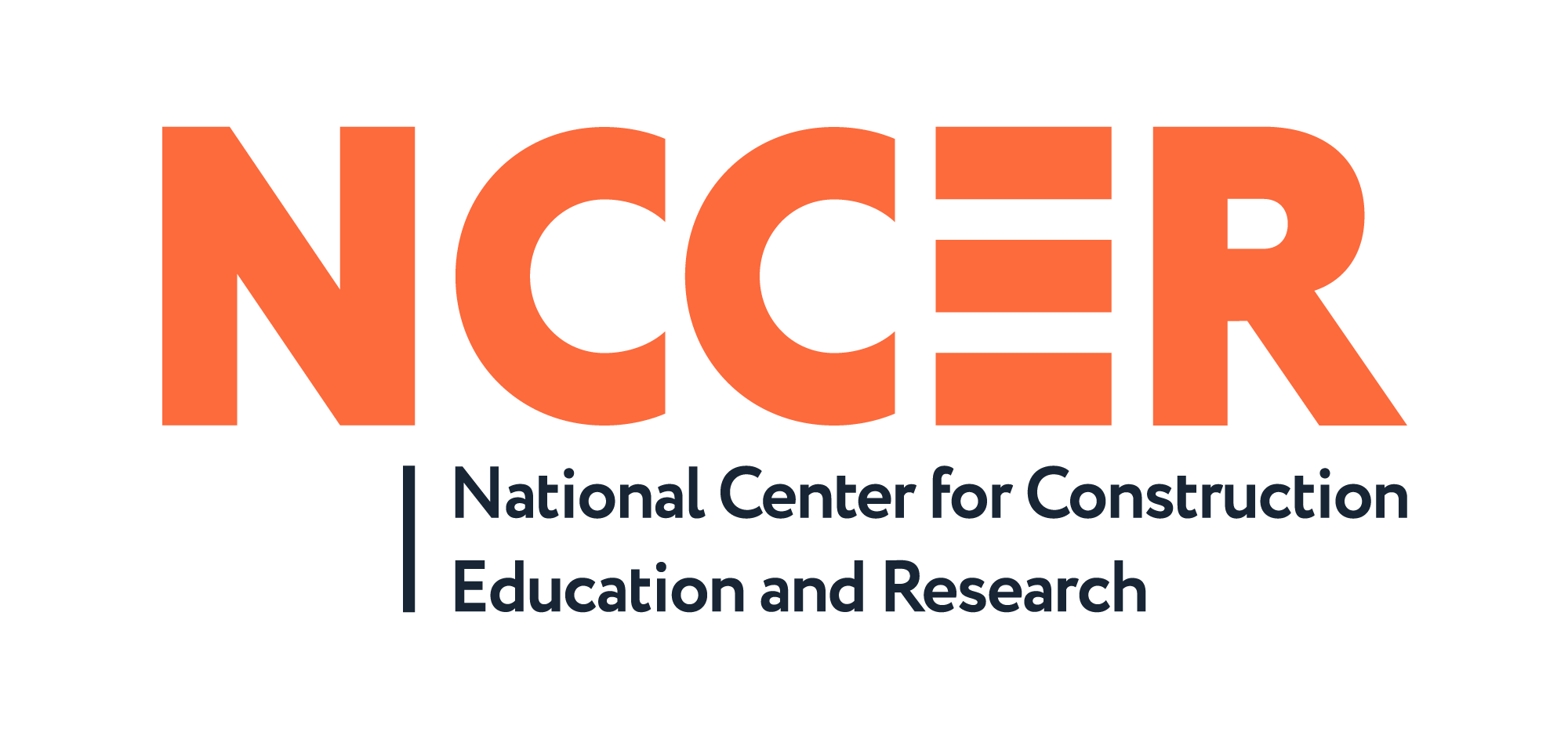It is time to get working. Execute the action items that you agreed upon with your partner(s). Consider using shared calendars and documents—like Google Documents— to coordinate events and projects. No planning process is perfect, so be prepared to problem solve with your partner(s) and have an established process when problems or issues arise.
Examples from Best Practice Profiles:
Gaylor Electric (Industry to Education):
Counselors matched students with the businesses they felt would best suit their career interests. A total of 125 students were selected for internships throughout the community, and nearly 30 of the mostly junior and senior students were selected for craft internships. Students were bussed to the ABC training center in Indianapolis one to two days a week for a three-hour, hands-on class where they learned NCCER Core Curriculum and were offered an introduction to the various career options available in the crafts. At the same time, students also attended a three-hour craft-training class at Noblesville High School one to two days each week in a more traditional classroom setting.
Louisiana (State Perspective):
In response to this misalignment between K-12 educational programs and Louisiana’s future job openings in the skilled crafts, the Louisiana Department of Education, along with industry partners on the Louisiana Workforce Investment Council, advocated restructuring how high schools provide CTE offerings on a statewide, legislative level.
Robins & Morton (Industry to Education):
On a large industrial job site, communication can be complicated. In order to make sure everyone was connected to current outreach projects, Mittie planned a communication board at the job site trailer with pertinent event details and photos of past outreach involvement. The board became a sense of pride for the craft professionals involved in each event. Mittie also used the Robins & Morton website to communicate information about upcoming outreach projects and needs.
Questions to Consider:
- Have you encountered problems or obstacles you did not anticipate in the initial planning? If so, how can you collaborate to overcome these challenges?
- Is there anything you would do differently in the planning process next time?
| << previous | Index | next >> |
